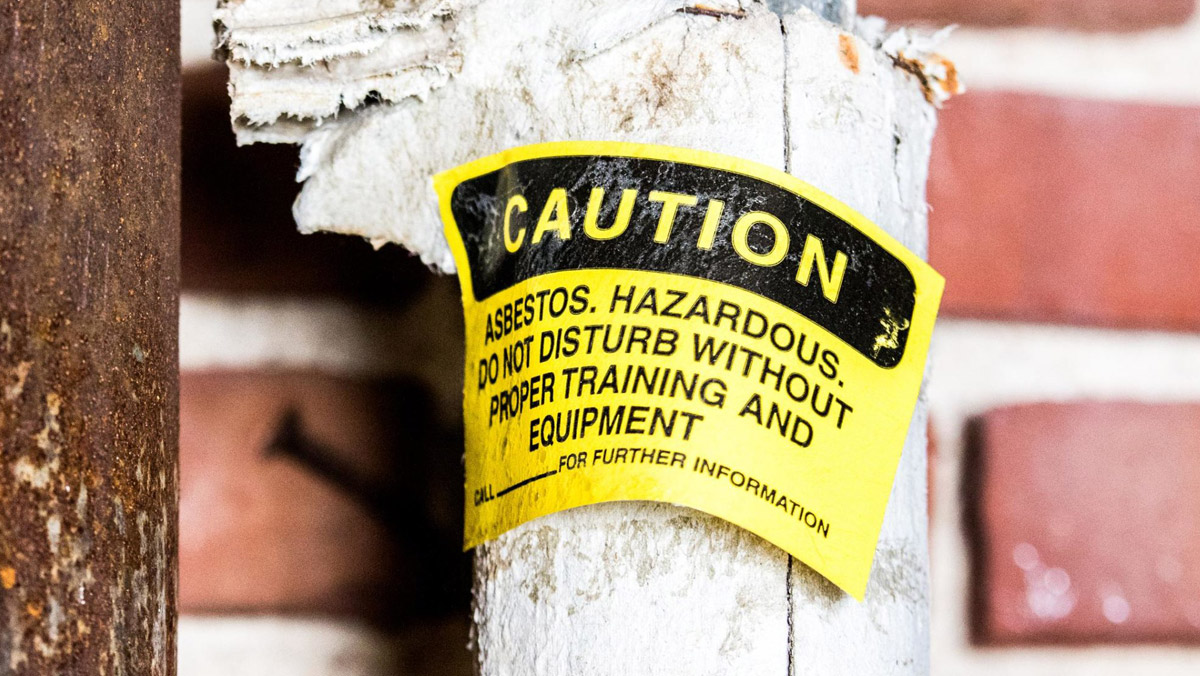U.S. military branches have sent high-level commanders to visit nearly 300,000 housing units in the aftermath of a devastating Reuters report that detailed serious health and safety hazards at military housing facilities across the country.
Earlier this year, we summarized the report in this blog post detailing how conditions at military housing facilities deteriorated — mold, lead paint, asbestos, ceiling collapses and other harmful conditions — as the government auctioned off ownership of the facilities to a series of private housing companies that received 50-year management contracts from the military.
Today, we’re following up with coverage of recent news about how the military is handling the fallout.
“It’s an embarrassment where we are.”
Those are the words Acting Defense Secretary Patrick Shanahan used when testifying before Congress earlier this year, during hearings on the housing issue. Now a new Reuters report, published mid-April, details how the military has begun a large-scale mission to remediate long-neglected housing facilities at bases around the country and make them something to be proud of. That article is the basis of this blog post.
A flurry of oversight activity
Reuters offers some encouraging signs in the new report. It quotes West Point garrison commander Colonel Harry Marson as saying, “In my 23 years in the Army, I’ve never seen them tackle a problem so head on,” referring to the Army’s serious response to the report.
At an April 4 hearing, Department of Defense officials said they had received notice that more than 10,000 homes needed repairs or upgrades, which has led to thousands of work orders. Hundreds of military families have been moved out of base homes.
Hiring has also begun. At the April 4 hearing, the Army said it had hired 119 new housing staff and expects hundreds more to be hired by the military’s private housing partners. Meanwhile the Air Force has asked for funding to hire 250 housing staff at a cost of $31 million.
Cost is expected to be a major talking point as efforts to clean up move forward. The Pentagon estimates that just a single housing inspection program for the Army could cost around $386 million. As of now, the military expects its private partners to pay for a large portion of the costs.
Children poisoned with lead had nowhere to turn
Reuters tells the stories of military families who felt they were ignored by the private contractors when they complained that their children were suffering from lead poisoning and mold-related illnesses caused by poor housing conditions. Other families had to throw away tens of thousands of dollars in furniture and personal property because it was infested with mold.
The military’s private partners have 50-year contracts for housing that covers 700,000 tenants and generates $4 billion in rent payments per year. With that much money involved, military families try to remain hopeful have trouble believing the private housing contractors will actually fix anything long-term.
“We have all this attention on the problem right now,” said Sarah Kline, a military wife whose home had serious mold problems. “I’m just worried we’ll be having discussion again in 10 years.”
Legal help for military families
If you are a member of the military and you or your family members developed illnesses while living at a Texas military base, you may be entitled to compensation. The lawyers at the Dallas law firm of Ted B. Lyon & Associates are available to talk about your situation. Contact us anytime for a free initial consultation.





